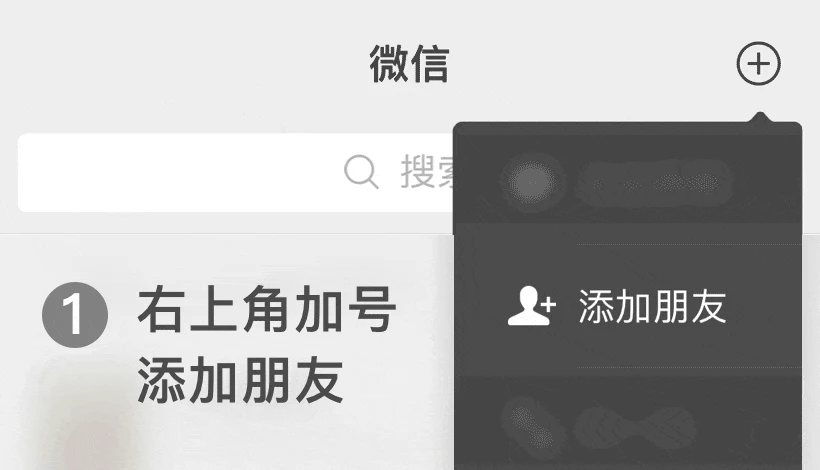.png)
 Professional services are guaranteed
Professional services are guaranteed One on one full process guidance
One on one full process guidance Efficient and fast experience
Efficient and fast experience1.1 Background and positioning
ISO/IEC 27040 is a component of the ISO/IEC 27000 Information Security Management Systems (ISMS) series of standards, focusing on the field of data storage security. It provides security control requirements covering the entire lifecycle of data to address the unique risks associated with storage technologies such as SAN/NAS, cloud storage, distributed storage, etc.
1.2 Core Objectives
• Full cycle protection: covering the entire lifecycle of data storage design, deployment, operation, and destruction.
• Risk control: Identify potential threats in storage media, transmission links, access permissions, and other aspects, and develop targeted control measures.
• Technology neutrality: Suitable for various technological scenarios such as traditional storage architectures (such as SAN/NAS), cloud storage, distributed storage, etc.
• Compliance support: Meet the storage security requirements of data protection regulations such as GDPR and CCPA.
2.1 Data Storage Security Architecture
The standard proposes a layered protection model:
1. Physical layer: Data center physical access control, device redundancy
2. Logical layer: Access permission management, encryption mechanism
3. Application layer: data classification, audit logs
4. Process layer: Strategy formulation, event response
2.2 Three core principles
1. Full lifecycle protection
Security controls covering all stages of data creation, storage, usage, sharing, archiving, and destruction
2. Risk oriented approach
Design control measures based on asset value assessment (such as data classification) and threat modeling (such as ransomware attack paths)
3. Technical neutrality
Suitable for traditional storage systems, cloud native architectures, and emerging technologies such as object storag
(I.) The core value of ISO/IEC 27040 certification
1. Strengthen data security
Reduce the risk of data leakage and tampering (such as preventing ransomware attacks) through technical measures such as encryption, access control, and redundancy design.
2. Meet compliance requirements
Support the requirements of GDPR, CCPA, Data Security Law and other regulations on storage security, and avoid legal penalty risks.
3. Enhance business competitiveness
Enhance customer trust, especially in sensitive industries such as finance and healthcare, and become a differentiated advantage for cloud service providers or data custodians.
4. Optimize operating costs
Preventive security investment reduces data recovery costs and simplifies repetitive work for multi standard compliance.
(II.) Applicability analysis
1. Applicable industries
Highly regulated industries: finance (transaction data), healthcare (electronic medical records), government affairs (citizen information).
Technology intensive fields: cloud computing service providers, big data platforms, and IoT data storage.
2. Applicable scenarios
• Technical architecture: traditional storage (SAN/NAS), cloud native storage (AWS S3), distributed systems (Hadoop).
• Data lifecycle: covering the entire process of data creation, storage, transmission, archiving, and destruction.
3. Organizational adaptability
Large enterprises: As an extension of ISO 27001 certification, improve security systems.
Small and medium-sized enterprises: Targeted implementation of core terms (such as data classification and encryption).
(I.) List of Application Materials
| Material type | Specific requirement |
|---|---|
| System documents | -Data Storage Security Policy -Data Lifecycle Management Regulations -Media Disposal Standards |
| Technical documentation | -Implementation Plan for Data Encryption (Algorithm, Key Management) -Storage system architecture diagram (including security control point annotations) |
| Implementation evidence | -Access control logs (at least 6 months) -Backup and recovery test records -Emergency drill report on data leakage |
| Compliance certificate | -Data classification list (including sensitive data identification) -Privacy Protection Statement (if applicable GDPR, CCPA terms) |
| Audit records | -Internal Audit Report -Minutes of Management Review Meeting -Non conformance rectification record |
(II.) Application requirements
1. Management system requirements
We have established a data storage security management system that complies with the ISO/IEC 27040 standard and has been continuously operating for at least 3 months.
Integrate with existing information security management systems (such as ISO 27001) (not mandatory but recommended).
2. Implementation foundation
Complete data asset classification (such as sensitive data identification) and storage risk assessment.
Core control measures have been deployed, such as static/transmission encryption, access control, log auditing, etc.
3. Internal processes
Verify the effectiveness of the system through internal audits and management reviews.
Develop a continuous improvement plan (such as vulnerability repair process, annual security drill).
(III.) Supplementary explanation
1. Selection of certification body: It is necessary to choose a third-party auditing body authorized by a national accreditation body (such as ANAB, UKAS).
2. Scope of certification: It can be limited to specific storage systems (such as cloud storage clusters) to reduce the difficulty of initial implementation.
3. Association authentication: If ISO 27001 certification has been obtained, the scope can be expanded to include ISO 27040 requirements.
4. Continuous maintenance: After certification, it is necessary to undergo regular supervision and audit (usually once a year) to ensure the continuous compliance of the system.




Wechat ID:Siterui888888
Add a wechat friend to get free plans and quotations


 Contact
Contact




 定制化解决方案
定制化解决方案 专业咨询指导
专业咨询指导 透明化服务
透明化服务 长期顾问式合作
长期顾问式合作